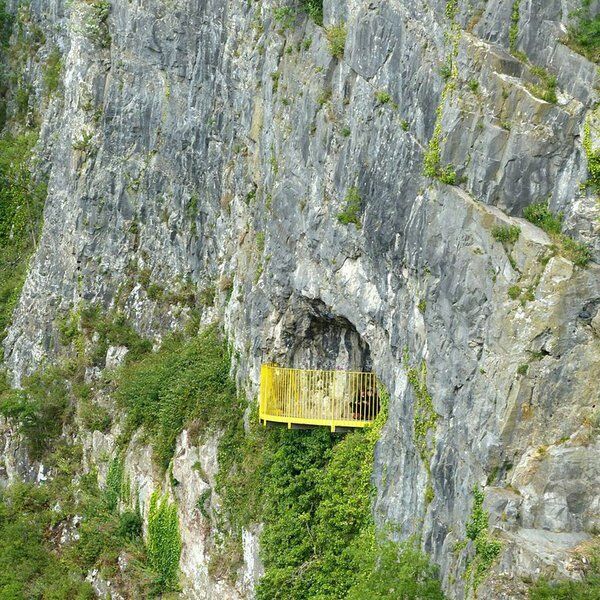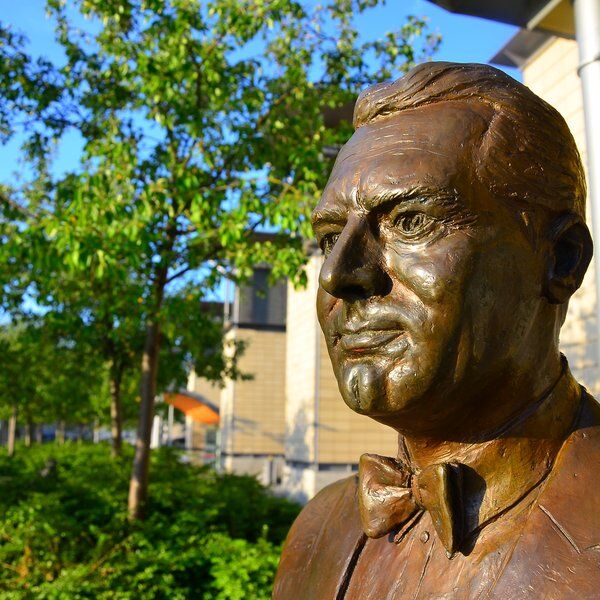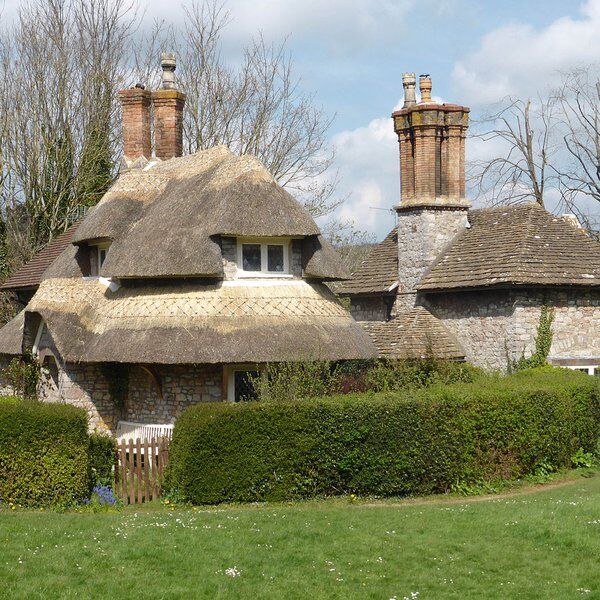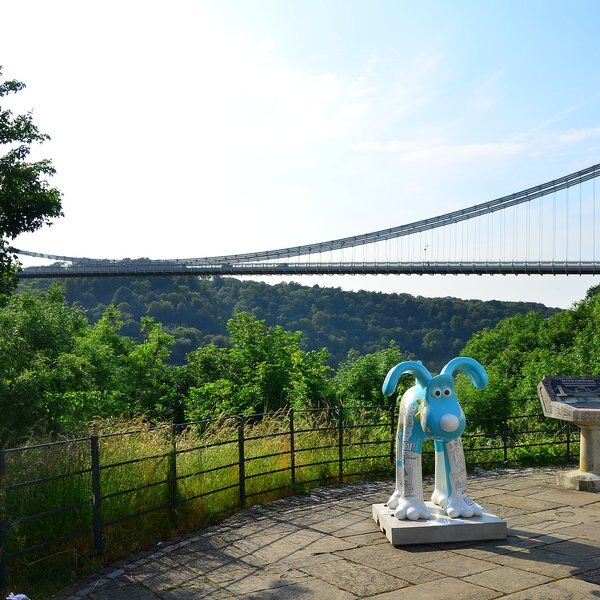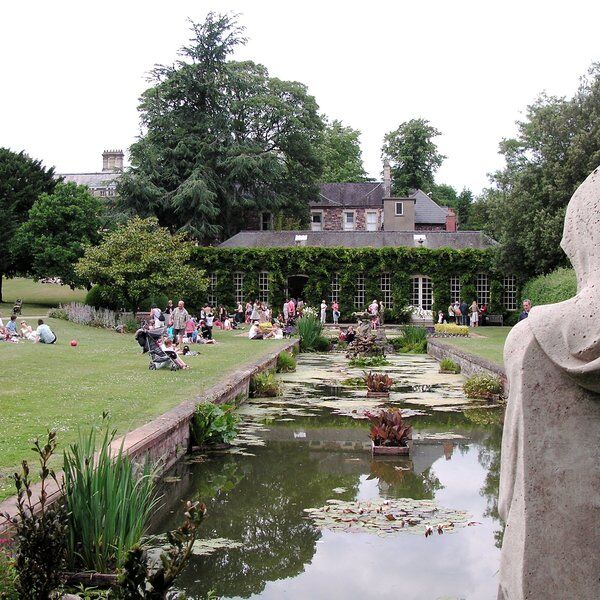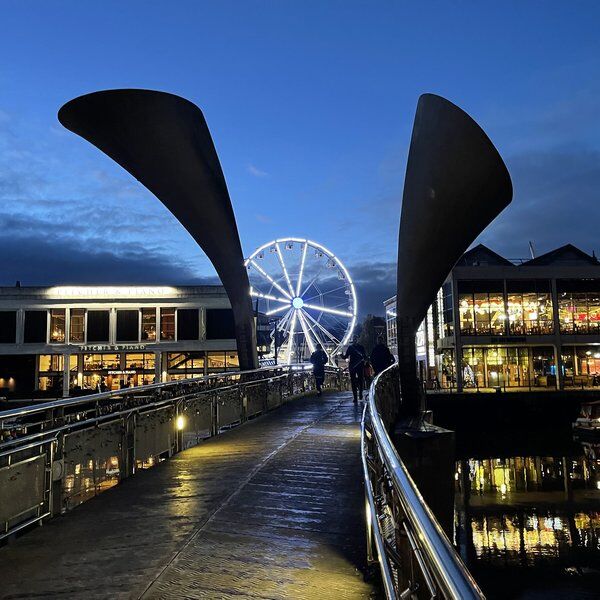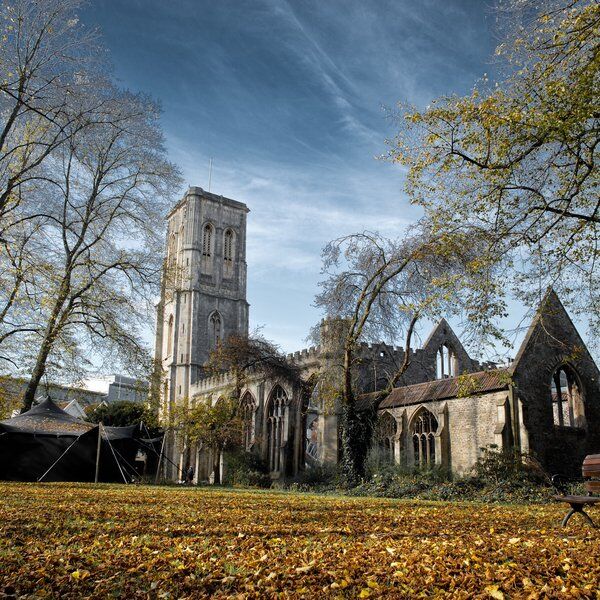For eleven years Clifton Tower operated as a windmill. It was first used to grind corn, then snuff, earning it the moniker: Snuff Mill. Unfortunately - or fortunately for our story - its humble life as a mill was cut short when its sails caught fire during a gale in October 1777. The building sat vacant for 52 years, a charred spectre awaiting new purpose and a second lease of life.
In 1828, the artist William West took a very literal lease on the building and implemented his vision, one that would see the former-mill cement its significance as a local cultural and technological icon. Recognising its potential, West not only restored the tower for use as a studio, but oversaw the installation of its first telescope and later, in 1828, a camera obscura too. In doing so, he transformed it into a building that would fascinate visitors for centuries to come.
The Art of Technology
The Observatory's views alone might have garnered it a reputation as somewhere worthy of visit. The camera obscura, however, offered a unique chance to both view and capture the surrounding landscape. It enabled, artists – predominantly those from the world-famous Bristol School – to use the landscapes to inform their work regardless of season, weather, or location. Many of the artworks created at this time - some in part due to the camera - still hang in the Bristol City Museum and Art Gallery today.
Camera Obscura
Camera obscuras are fascinating optical instruments said to have been known as far back as 400BC. First committed to writing by Chinese philosopher, Mo-tzu, people observed that light from a well-lit object (regardless of size) when made to pass through a pinhole would create an inverted image of that same object onto a well-positioned surface. Such a surface could be anything from a screen, to a wall, to a sheet of paper. In the case of the latter the image could be traced for later use, by an artist in their studio for example.
Alhazen (or Ibn al-Haytham) has been credited with inventing the set up for the camera obscura, while da Vinci would go on to create the first clear description of the camera in 1502, thus permitting the spread of the technology and later improvements - the likes of which Clifton Observatory has been developed with.
At Clifton Observatory, a box containing an angled mirror and convex lens has been positioned to 'interrupt' the light coming from the small pinhole and re-invert it so the projected image is true.
While not a new technology by any means, the convergence of the Observatory's position, the permanence of the installation, and its accessibility to artists - budding and established - made it significant at the time. The Camera Obscura in Clifton Observatory was set up to provide a 360° view of the surrounding the area, capturing the gorge, woods, and downs.
Today
West’s camera obscura remains in Clifton Observatory where it can still be seen today, one of just three working camera obscuras in the UK. This alone would make it worth a visit, but there's more to this strange site...
Want to know more? Check out our other article on the Giant's Cave!
Interested in finding more places like this? Try one of our Bristol Treasure Hunts - untangle cryptic clues as a team, as you are taken on a journey to the most unique, unusual and bizarre corners of England.



